How to Maintain and Troubleshoot McDo Kiosk
Proper maintenance and troubleshooting of McDo kiosk is essential for ensuring their reliable operation and longevity. Regular upkeep helps prevent unexpected issues and ensures a smooth customer experience.
1. Regular Cleaning: Keep the kiosk clean by regularly wiping down the touchscreen and exterior surfaces with a microfiber cloth and appropriate cleaning solutions. Avoid abrasive cleaners that can damage the screen.
2. Software Updates: Ensure that the kiosk’s software is up-to-date to benefit from the latest features and security patches. Set up automated updates or schedule periodic checks.
3. Hardware Inspections: Conduct routine inspections of the hardware components, including the touchscreen, printer, and payment systems, to identify any signs of wear or damage.
4. Troubleshooting Common Issues: Familiarize yourself with common problems such as unresponsive screens or payment errors. Refer to the troubleshooting guide for solutions or contact support if needed.
5. Network Connectivity: Regularly check the kiosk’s network connection to ensure it remains stable. Address any connectivity issues promptly to avoid disruptions in service.
6. Perform Reboots: Occasionally reboot the kiosk to refresh the system and clear any temporary software glitches. This can help resolve minor issues and improve performance.
7. Document Issues: Maintain a log of any issues encountered and their resolutions. This record can help with future troubleshooting and provide valuable insights for continuous improvement.
Regular cleaning, timely software updates, hardware inspections, effective troubleshooting, network checks, periodic reboots, and documentation are key to maintaining and troubleshooting McDo kiosks. Adhering to these practices ensures optimal performance and minimizes downtime, enhancing the overall efficiency of the kiosk system.

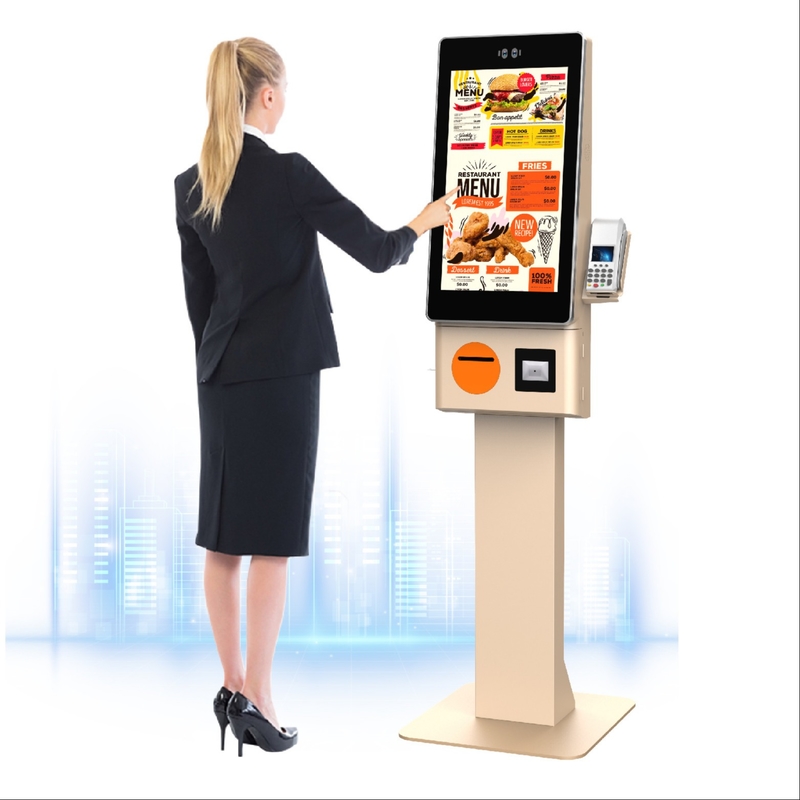
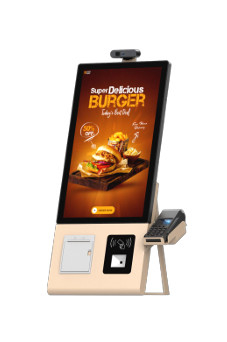
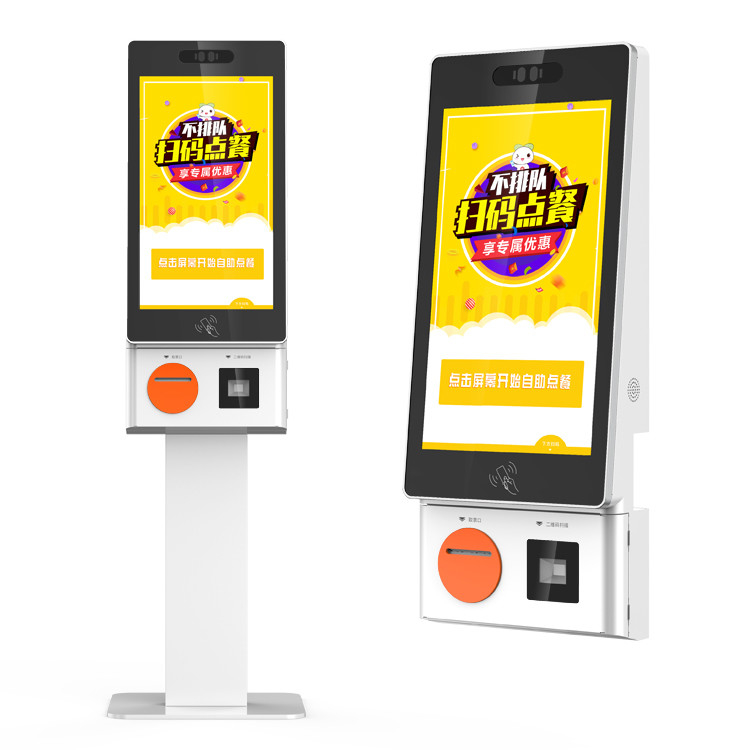
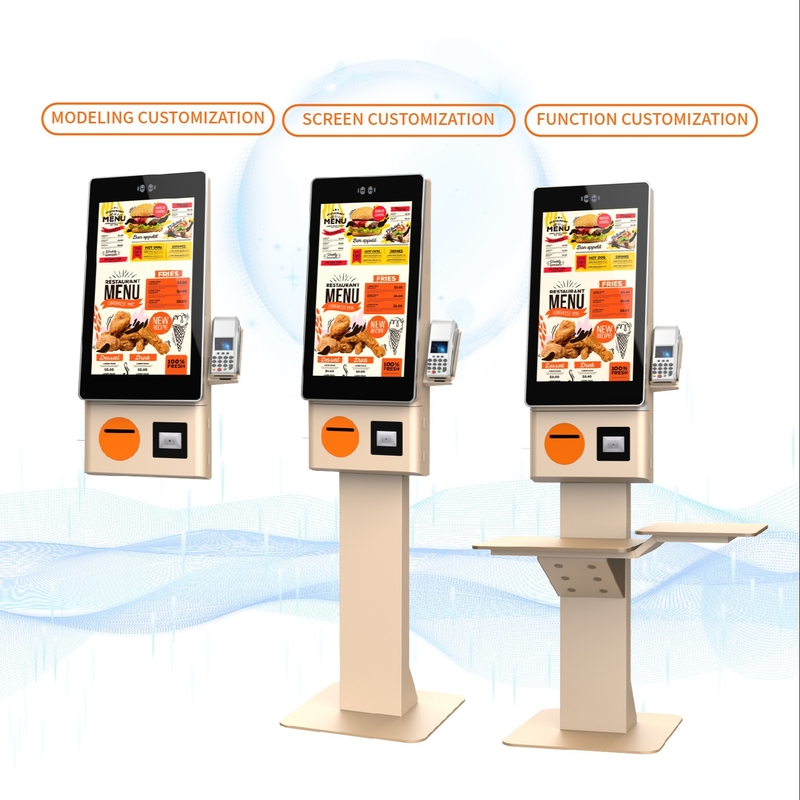
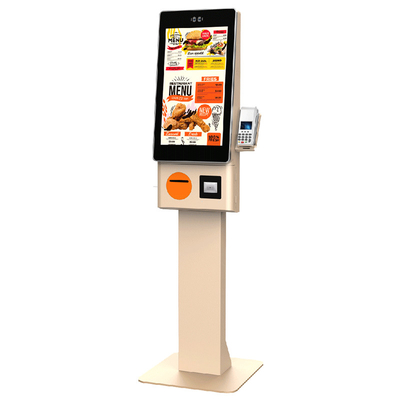
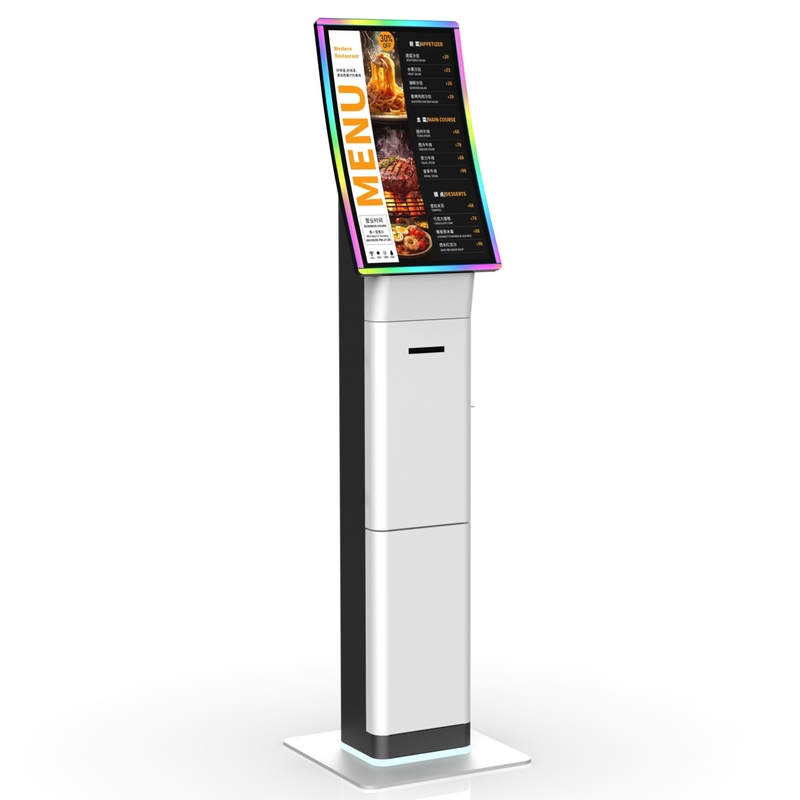
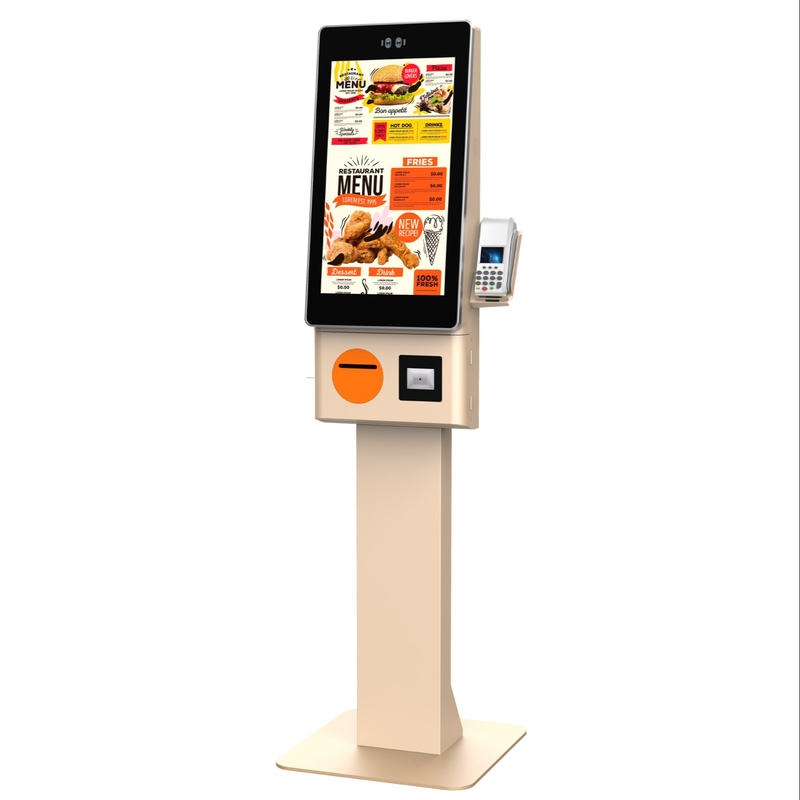
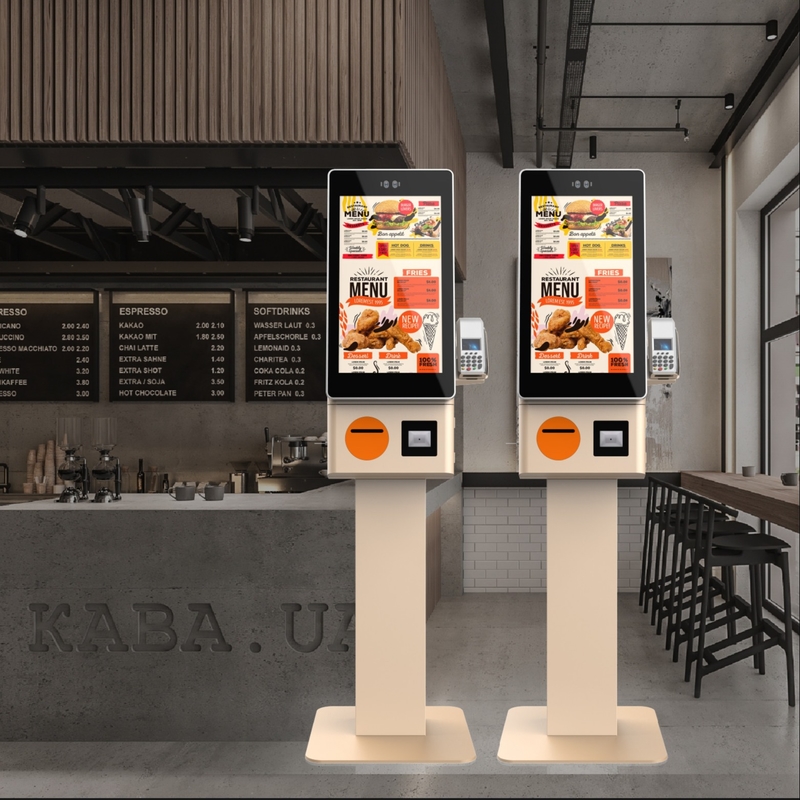

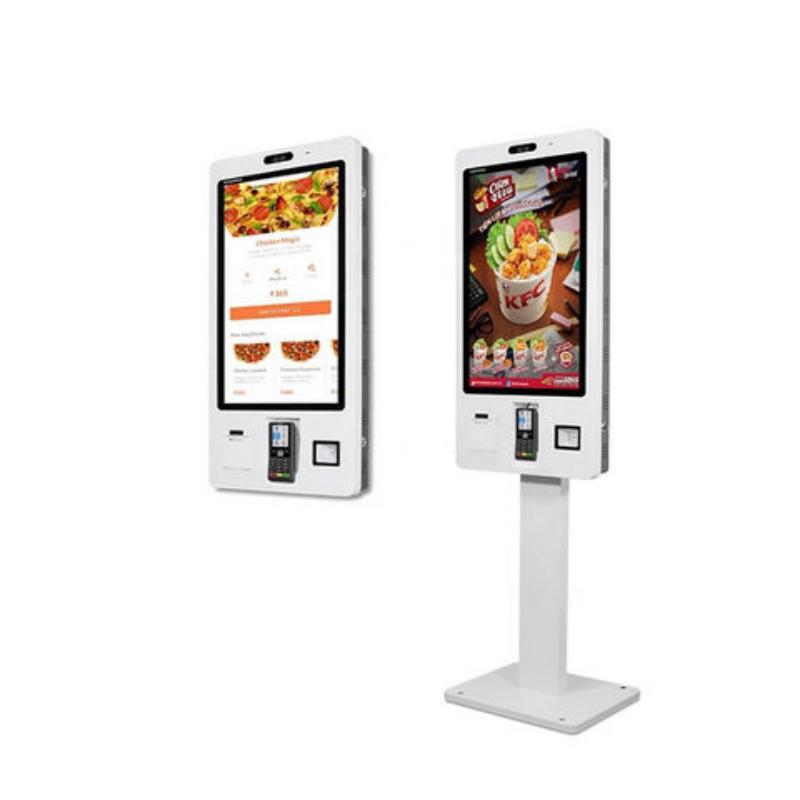
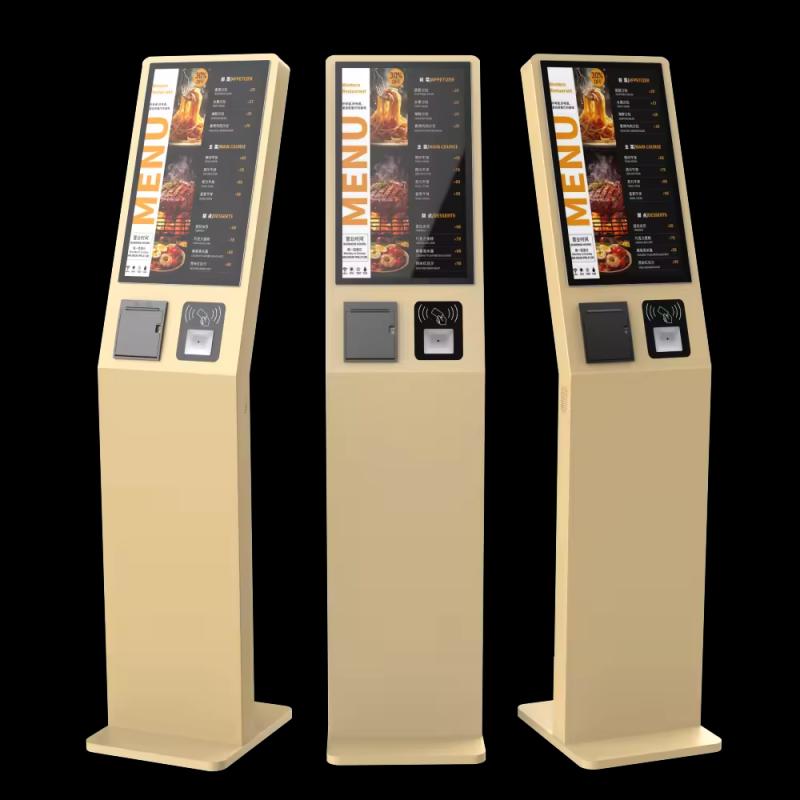
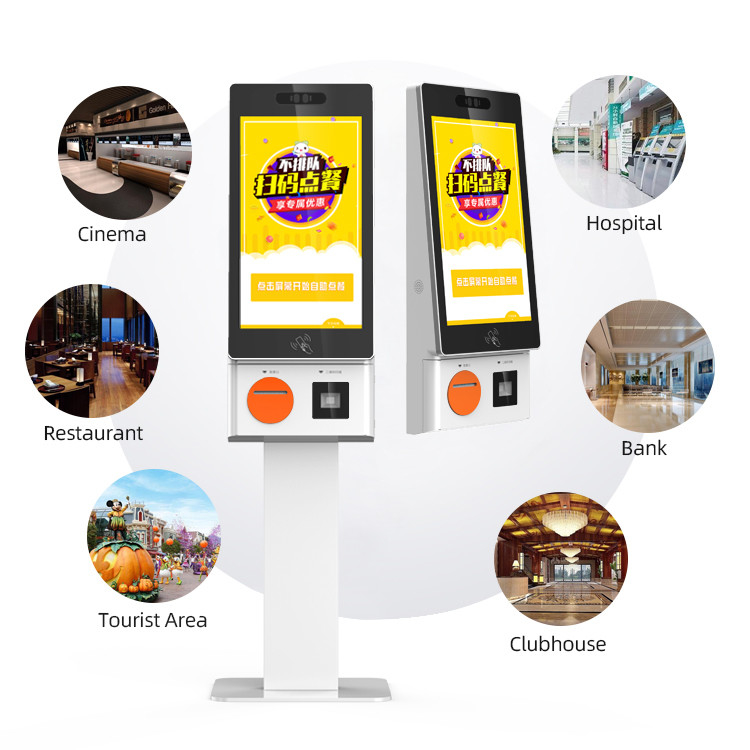
What did our happy clients say?
Absolutely thrilled with our McDo kiosk from Lean Kiosk Systems. The product quality exceeded expectations, and their customer service was outstanding. Highly recommend!
The McDo kiosk we purchased is top-notch, and Lean Kiosk Systems provided exceptional support throughout the process. Their professionalism made the experience seamless.
Lean Kiosk Systems delivered a fantastic McDo kiosk with impressive features. Their attention to detail and excellent service made the entire purchase smooth and satisfying.
Very pleased with our McDo kiosk from Lean Kiosk Systems. The high quality of the kiosk and their reliable service have truly enhanced our operations. Great investment!